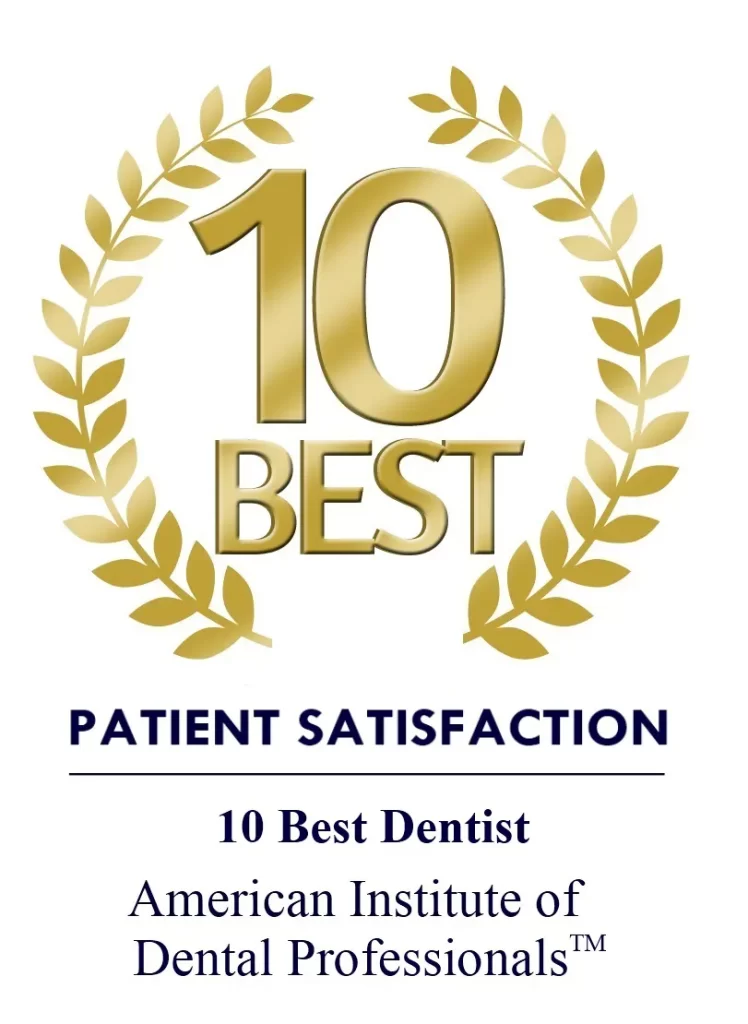
You probably know how dental problems can be a literal “pain” to deal with. You might think that tooth pain will disappear “sooner or later” and that there’s no need nor time to schedule a dental appointment any time soon.
The truth is, that dental issues can also be your body’s way of telling you that other serious health problems are coming your way. That’s why regular checkups can improve your smile and help prevent more serious medical problems from happening.
Check out this article about some common tooth problems. You’ll soon learn to recognize these symptoms and why they necessitate a trip to see your dentist now and not later.
What is Tooth Pain?
Tooth pain occurs when the tooth’s inner core (the “pulp”) is irritated. The pulp holds the tooth’s blood vessels and nerves that supply the tooth’s nutrients.
Tooth pain appears when the dental pulp is inflamed. This ailment is known as pulpitis and is usually caused by bacterial infection.
Common Toothache Causes
It’s easy to dismiss tooth pain as a small annoyance. The truth is that dental issues are sometimes connected with other health concerns like cardiac disease and diabetes.
That’s why it’s important to pay attention to that pain now and see your dentist to make sure these problems aren’t coming your way. Here are some examples of just a few common dental issues that could be causing your ongoing tooth pain.
Dry Mouth
Dry mouth (or Xerostomia) strikes when you can’t generate enough saliva in your mouth. It is also a possible side effect of taking prescription medicine. Saliva contains antibacterial properties that help eliminate plaque from our teeth. As we age we produce less saliva, and this is why older people can more easily develop tooth decay.
Gum Disease
The US Centers for Disease Control and Prevention (CDC) reports that almost half of all adults over 30 are diagnosed with gum disease. Gum disease occurs when the gum tissue surrounding your teeth becomes infected.
Gum disease starts as gingivitis, which, if untreated, can progress to periodontitis. Adults infected with gingivitis will have gums that are red, bleeding, and swollen. Periodontitis is a progressive stage of gingivitis that deteriorates gums as well as teeth-supporting bones.
Adults with pre-existing health conditions like diabetes and heart disease are also susceptible to gum disease. You can ask us more about recent breakthroughs in dental treatments to fight gum disease.
Root Infection
When the tooth pulp gets infected, it can result in painful facial swelling. This type of root infection requires immediate dental care.
When your dentist diagnoses a root infection, they will perform a root canal procedure. This involves drilling the infected tooth to clean out the bacteria and infected pulp. The canal is then filled with medicated material to prevent the bacteria from re-infecting the tooth canal.
Tooth Sensitivity
Tooth sensitivity is a flash of pain you might feel when you eat or drink something too hot or too cold. Patients with tooth sensitivity often report feeling sudden, sharp rushes of pain when they inhale cold air. Others describe a similar sensation when they brush and floss their teeth.
Each tooth’s pulp is protected by a surrounding layer of tissue called Dentin. When the tooth’s Dentin is exposed or unprotected, the pulp’s blood vessels and other nerves get inflamed. Dentin tissue can be weakened by teeth whitening treatment or harsh brushing.
Patients suffering from tooth sensitivity can try various at-home treatments such as high fluoride toothpaste or a fluoride rinse. They should also see their dentist as soon as possible to see if Dentin sealer treatment is an effective remedy for their condition.
When to Visit the Dentist
Have you been procrastinating and avoiding a call to your dentist because you just don’t “have the time”? Maybe this list of warning signs will change your thinking and encourage you to call your dentist now.
Call your dentist if you notice any of these symptoms:
• Persistent tooth or gum pain
• Jaw or facial swelling
• Increased inflammation
• Bleeding gums
• Redness around your gums
• Dry mouth
• Recent trauma to your face or mouth
If any of these symptoms persist, call your dentist right away who is trained to find the primary cause of pain and provide relief. Don’t forget to ask your dentist about healthy brushing and flossing habits to avoid pain in the future and to protect your teeth.

